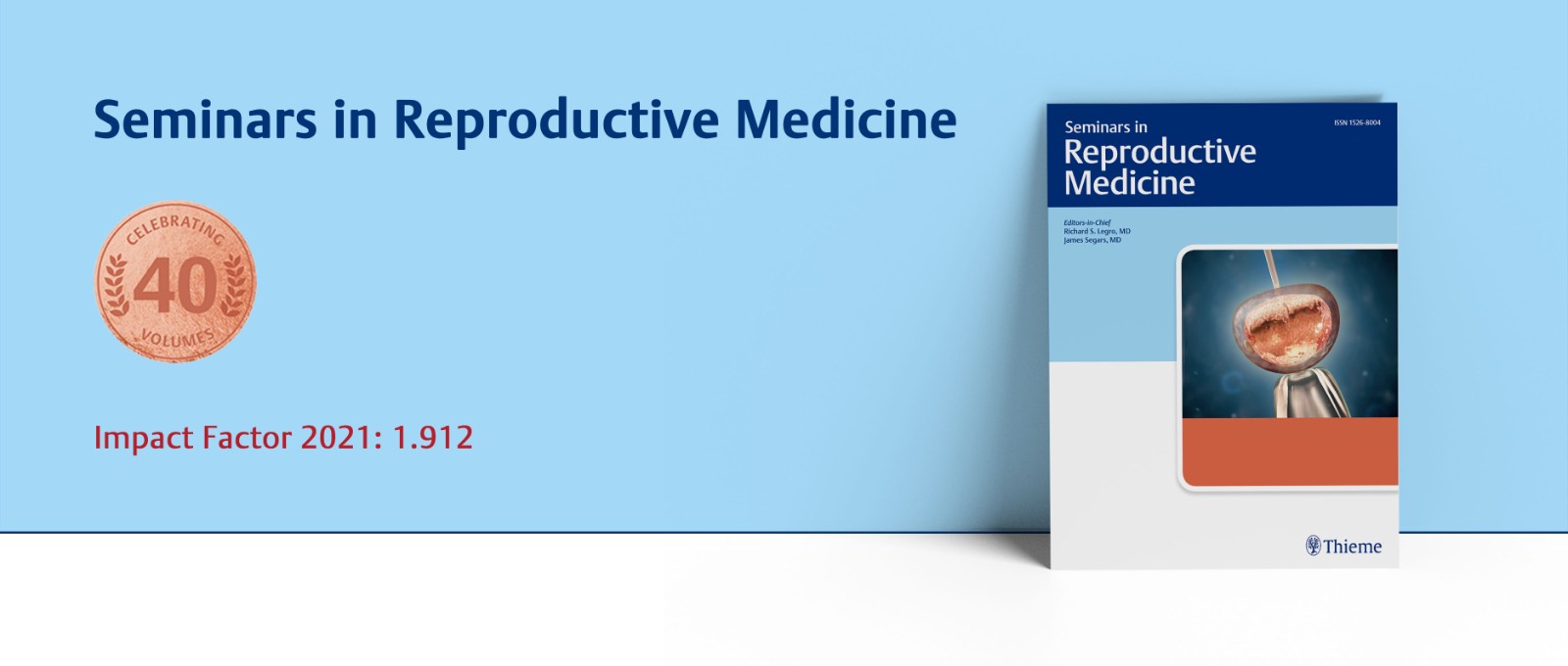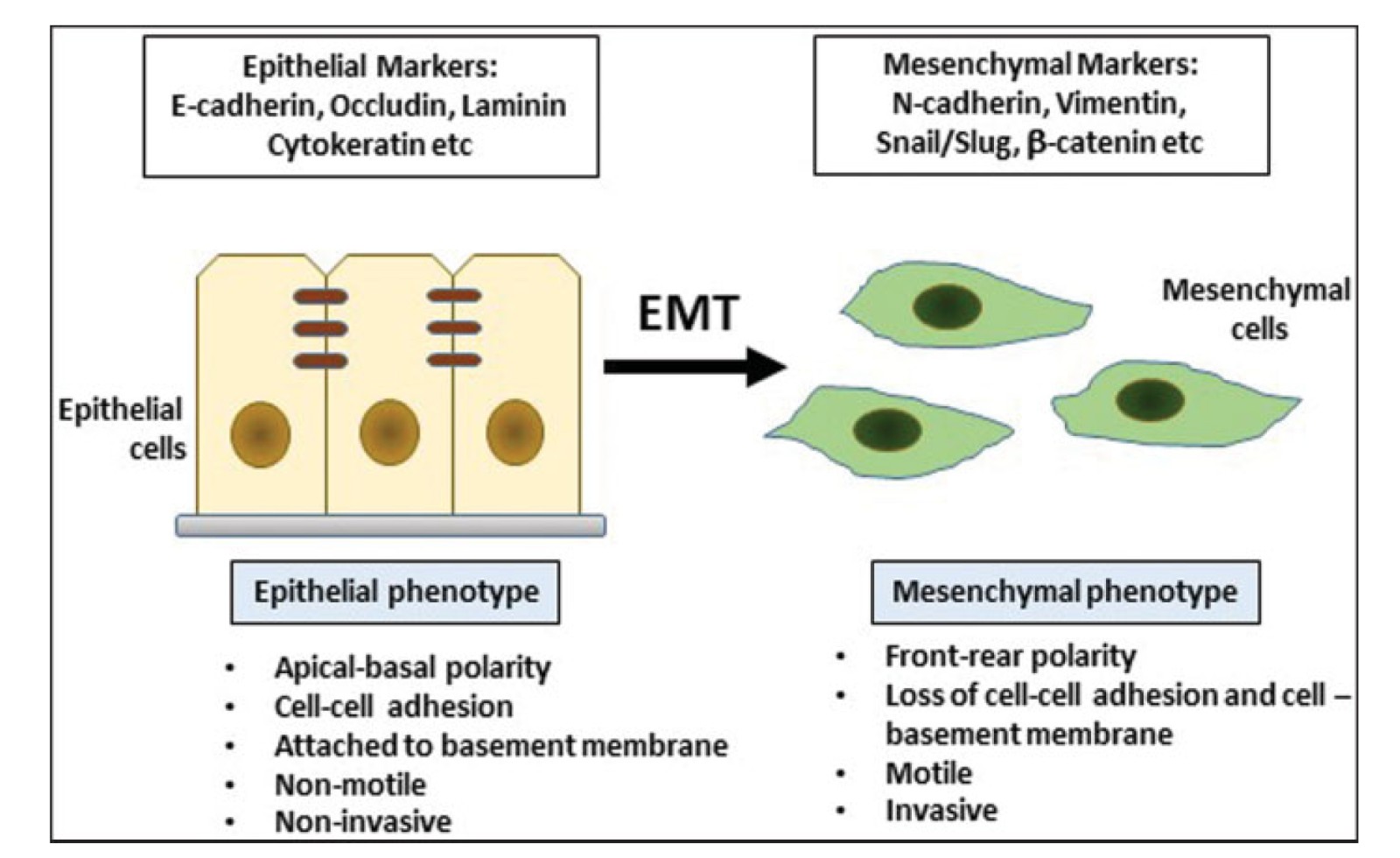

▼
Thieme生殖医学期刊Seminars in Reproductive Medicine的2021年影响因子提高至1.912。欢迎免费阅读本刊上一年度高被引论文。
MOST CITED ARTICLES
Osman et al.
Regulation of the epigenome is a mechanism by which the environment influences gene expression and consequently the health of the individual. The advent and refinement of novel assisted reproductive technology (ART) laboratory techniques, including vitrification, dynamic culture systems, oocyte in vitro maturation, laser-assisted hatching, intracytoplasmic sperm injection, and preimplantation genetic testing for aneuploidy have contributed to the success of ART.
Macedo, Kaiser
The factors that trigger human puberty are among the central mysteries of reproductive biology. Several approaches, including mutational analysis of candidate genes, large-scale genome-wide association studies, whole exome sequencing, and whole genome sequencing have been performed in attempts to identify novel genetic factors that modulate the human hypothalamic–pituitary–gonadal axis to result in premature sexual development
Guzman et al.
Kisspeptins (KPs), peptide products of the kisspeptin-1 (KISS1) gene, are the endogenous ligands for the KISS1 receptor, KISS1R, which is a G protein-coupled receptor. In many human tumors, KISS1 functions as a metastasis-suppressor gene and KISS1/KISS1R signaling has antimetastatic and tumor-suppressor roles.

Clinical Translational Studies of Kisspeptin and Neurokinin B
Hunjan, Abbara
Kisspeptin and neurokinin B (NKB) are hypothalamic neuropeptides that are vital for reproductive health. An absence of either kisspeptin or NKB signaling results in hypogonadotrophic hypogonadism and a failure to proceed through puberty. In recent years, several studies have demonstrated potential avenues for the clinical utility of medications that act through these pathways in the assessment and treatment of reproductive disorders.
Mills et al.
The hypothalamic hormone kisspeptin (encoded by the KISS1/kiss1 gene) is the master regulator of the reproductive axis with its role in controlling gonadotrophin hormone secretion now well characterized. However, identification of kisspeptin and its cognate receptor expression within the amygdala, a key limbic brain region whose functions contribute to a broad range of physiological and behavioral processes, has heightened interest concerning kisspeptins' role in the broader aspects of reproductive physiology.
